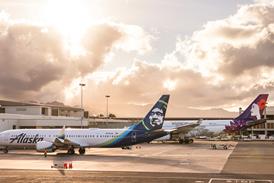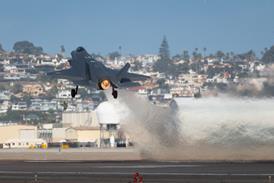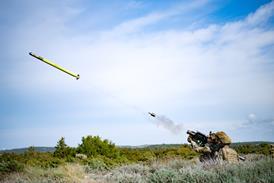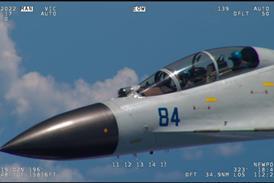Renaming the Boeing 737 Max is off the table at Southwest Airlines.
In an effort to be transparent with customers, the Dallas-based carrier has chosen to retain the "Max" handle when the type returns to the skies, says chief revenue officer Andrew Watterson.
Just when that might happen remains unknown, though Boeing is aiming for the fourth quarter.
But Watterson notes Southwest's ability to get aircraft back in the skies depends not only on the regulatory approval, but also the pace at which Boeing can deliver hundreds of jets currently sitting in storage.
"We will not change the name of the aircraft. That would be disingenuous," Watterson tells FlightGlobal during the Boyd Group International Forecast Summit in Las Vegas. "It will still be called the Max for us."
Speculation has abounded that airlines may feel compelled to drop the "Max" moniker so as to avoid reminding customers of the type's troubled past.
But after conducting customer surveys, Southwest believes its passengers trust it to thoroughly vet the aircraft's safety.
"Essentially the customers told us, 'We trust you'," says Watterson. "Our job will be to provide credible evidence that we have validated that the aircraft is safe to fly."
The Max's return to service timeline remains fluid, though Boeing expects to submit certification requirements to the Federal Aviation Administration (FAA) in September and for regulators to clear the aircraft in the fourth quarter.
Southwest has removed the Max from its flight schedules through 6 January, though that could change.
"When Boeing delivers the software to the FAA – that's a significant milestone," Watterson says, estimating regulators could lift the grounding four to six weeks later. "That will be our cue to ramp up our plans."
Those plans call for Southwest to revise flight manuals to include new details required by the FAA, and to implement a training programme to teach pilots about those changes.
Southwest estimates needing 30 days to train all its pilots.
Meanwhile, Southwest will publish a new flight schedule containing Max flights and begin preparing its 34 737 Max jets currently in storage at Victorville, California for a return to the skies. Those aircraft will need Boeing's updated flight control software and must undergo maintenance related to coming out of storage, Watterson says.
He expects Southwest can get those 34 aircraft back in the skies in relatively short order.
But the most significant hold-up will likely be Boeing's ability to deliver to airlines the hundreds of 737 Max jets it has manufactured but not delivered since the grounding took effect in March.
Delivering new aircraft under ideal circumstances can take several days, requiring thorough inspections, test flights and correction by Boeing of any issues uncovered, Watterson says.
"The ones that are grounding in some parking lot somewhere – that will be the bottleneck for Boeing," Waterson says. "How long will it be before we get all our aircraft? We are not sure."
Source: FlightGlobal.com


























